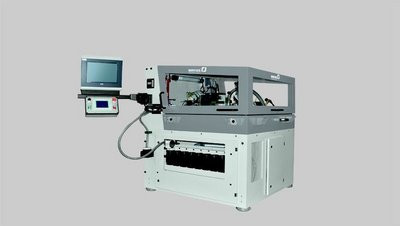
Introduction to Small Modular Reactors (SMRs)
Small Modular Reactors (SMRs) have emerged as crucial components in the transition towards sustainable energy solutions. As global energy demands continue to rise amid the urgent need for reducing carbon emissions, SMRs present an innovative answer for reliable and clean energy generation. Their compact size and modular design enable a diverse range of applications, making them an attractive option for energy producers and policymakers worldwide.
Current Developments in SMR Technology
In recent months, there has been significant progress in the development of SMR technology. For instance, in Canada, the government has been actively supporting the deployment of SMRs with funding initiatives aimed at facilitating research and development. The Canadian Nuclear Safety Commission has also streamlined the regulatory framework to expedite the approval process for new projects.
In the United States, several companies, including NuScale Power, have moved closer to deploying their first commercial SMR units. NuScale’s design, which received design approval from the U.S. Nuclear Regulatory Commission last year, allows for scalability and enhanced safety features. These advancements highlight a growing trend towards embracing nuclear energy as a key player in the fight against climate change.
Benefits and Challenges of SMRs
One of the main benefits of SMRs is their ability to complement renewable energy sources such as solar and wind power. They can provide a stable and continuous power supply that addresses the intermittency issues associated with renewables. Additionally, SMRs require less capital investment compared to traditional large-scale nuclear reactors, making them financially viable for smaller markets and remote communities.
Despite their promises, SMRs still face challenges, including public perception and regulatory hurdles. The nuclear industry has historically been met with skepticism due to safety concerns stemming from high-profile accidents. Addressing these concerns through transparent communication and demonstrating the safety advancements of modern SMR designs is vital for gaining public trust and acceptance.
Conclusion and Future Outlook
As nations around the world strive to meet climate goals, the significance of SMRs is expected to grow. With their flexibility, safety features, and the ability to integrate with renewable energy, SMRs represent a promising avenue for diversifying energy portfolios.
The future of SMR technology looks promising as governments and businesses invest in strategies that utilize their advantages. The trend suggests that investment in this innovative energy solution could pave the way for a more sustainable future, helping to achieve net-zero emissions and energy independence in numerous regions worldwide.



